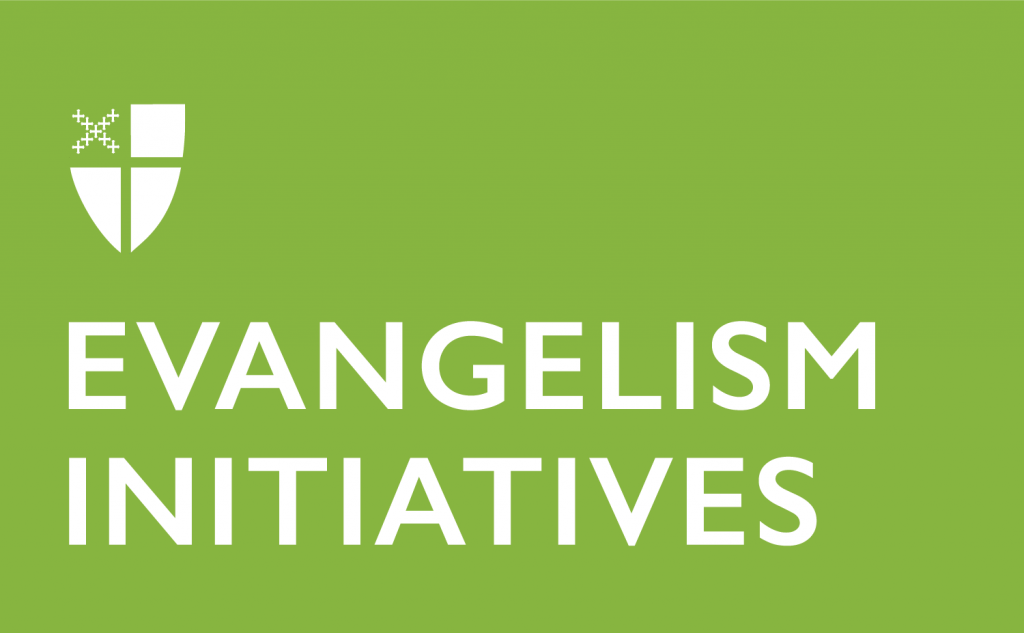Hospitality 101
Download: http://www.episcopalchurch.org/files/documents/hospitality_101_tec.pdf
STEP ONE: INVITING NEW PEOPLE.
The most important inviting work comes long before Sunday morning.
Define a clear mission, style and purpose: People need to see a clear statement or set of words or images that help to differentiate between you and the ten other churches within a one-mile radius.
Deploy effective, appropriate means for communicating your vision:
- clear, attractive signage in front of and near the church;
- web site and e-mail list, regularly updated;
- fliers, postcards, business cards, perhaps produced by an affordable, high-quality online printhouse;
- print, radio and TV ads, including public access and college media, which give more bang for your buck
Whatever you do, be sure the materials are composed and designed by people who know what works and that they include all the basics anyone would need to get to your door or find your web site. Not sure what’s good? Look around and see what turns you on; then feel free to borrow and cobble until you come up with your own unique look and feel.
Talk to people. People don’t usually come to church because they saw a great sign or heard a radio ad. More than 85% of newcomers attend because a church member invited them. The successful Vineyard Churches have advertisements all over [including my favorite church ad: “Free Coffee (offer good Sundays only)”]. Church leaders say the ads are just seed-planters, so that when people get a personal invitation from a Vineyard member, the newcomers are already curious about this community of Christians.
STEP TWO: GREETING NEW PEOPLE
Inviting congregations know the first impression is everything. So they literally imagine the pathway someone travels into the church, and try to make it as smooth and pleasant as possible:
Outside: There’s clear signage and a well-kept exterior. If you don’t have the staff to handle it, rally the volunteer troops a few times a year to tend their common home.
At the door: A greeter is stationed at the open door—at every door that might be used—eyes and energy directed out (and not at a stack of paper or to a buddy standing on the side), to offer a warm, genuine, noncloying welcome to all who enter. Churches desperately need signs of life, even on a Sunday morning.
Inside the door: This is the time to help people if the worship gathering needs some explaining, or if visitors need assistance getting to their seats. Consider nametags for members and newcomers, available when they walk inside. It’s easier than you think to set up a kiosk or welcome table where people can pick up an attractive and compelling set of materials geared toward newcomers.
Go beyond pew cards or the 25-year-old church history pamphlet to welcome booklets and packs, videos and DVDs, and online materials people can use to familiarize themselves with the worship before they ever arrive. And don’t forget set out a visitors’ card or clipboard or book or pew sheet or even a laptop—whatever it takes to capture necessary visitor information and interests for future contact.
Inside the sanctuary: A genuinely inviting parish depends on more than a team of greeters. Everyone takes this ministry seriously. Members should be encouraged to slide into the pew to make room for a stranger. They should also be on the lookout for new faces and be ready to help struggling visitors to find their way through the liturgy.
During the worship: Think through your worship and consider whether someone completely new to your tradition would be able to keep pace and participate fully. If not (or even if it seems clear to you), consider full worship booklets, including the entire worship service, music, and even biblical texts.
Alternately, consider seasonal worship booklets with weekly inserts. They may consume a lot of prep hours and trees, but they’re an invaluable resource for the inviting congregation. Barring that, remember that projectors and screens are more than hip; they can facilitate full participation by everyone in the body.
Getting around the church: Greeters and other members should be prepared to escort newcomers to Sunday School, forums, restrooms, etc. Gregory Jacobs, Canon to the Ordinary in the Diocese of Newark, calls this the “the ministry of shepherds”—literally, connecting with new people and guiding them around the church.
After-church fellowship: Coffee hour, breakfast between services, brunch after church—whatever you serve and whenever you serve it, make sure you have plenty, and that it’s good quality. If possible, have a Hospitality Team ready to serve with a smile.
Encourage clergy to spend this time connecting with newcomers, not just doing parish business with members. Lay leaders should also keep looking around for new faces or people who appear alone and awkward before they link with their closer friends.
This also applies to large parishes where many faces may appear new; what is the harm in intentionally approaching and introducing yourself to fellow parishioners who are, for all intents, strangers? And if you can offer a church tour and introduction, that’s a great way to help people get oriented to the space and establish personal contact with a church leader.
STEP THREE: INCORPORATING NEW PEOPLE
When the newcomer leaves, the work isn’t over.
Follow-up contacts: A lay visitor or clergy person should make a follow-up call or send an e-mail or a card, and suggest a one-on-one get-together to share stories and answer questions. This isn’t the time for the hardsell, but just a time to listen and cement the connection.
Follow-up groups: New people need a variety of entry points to find their way inside a congregation. Seasonal newcomers’ gatherings, regularly scheduled small groups, easy-to-access volunteer opportunities, inquirers’ classes to learn about the tradition, the community and membership—all these are great ways to create space for people to explore and test their calling into community

